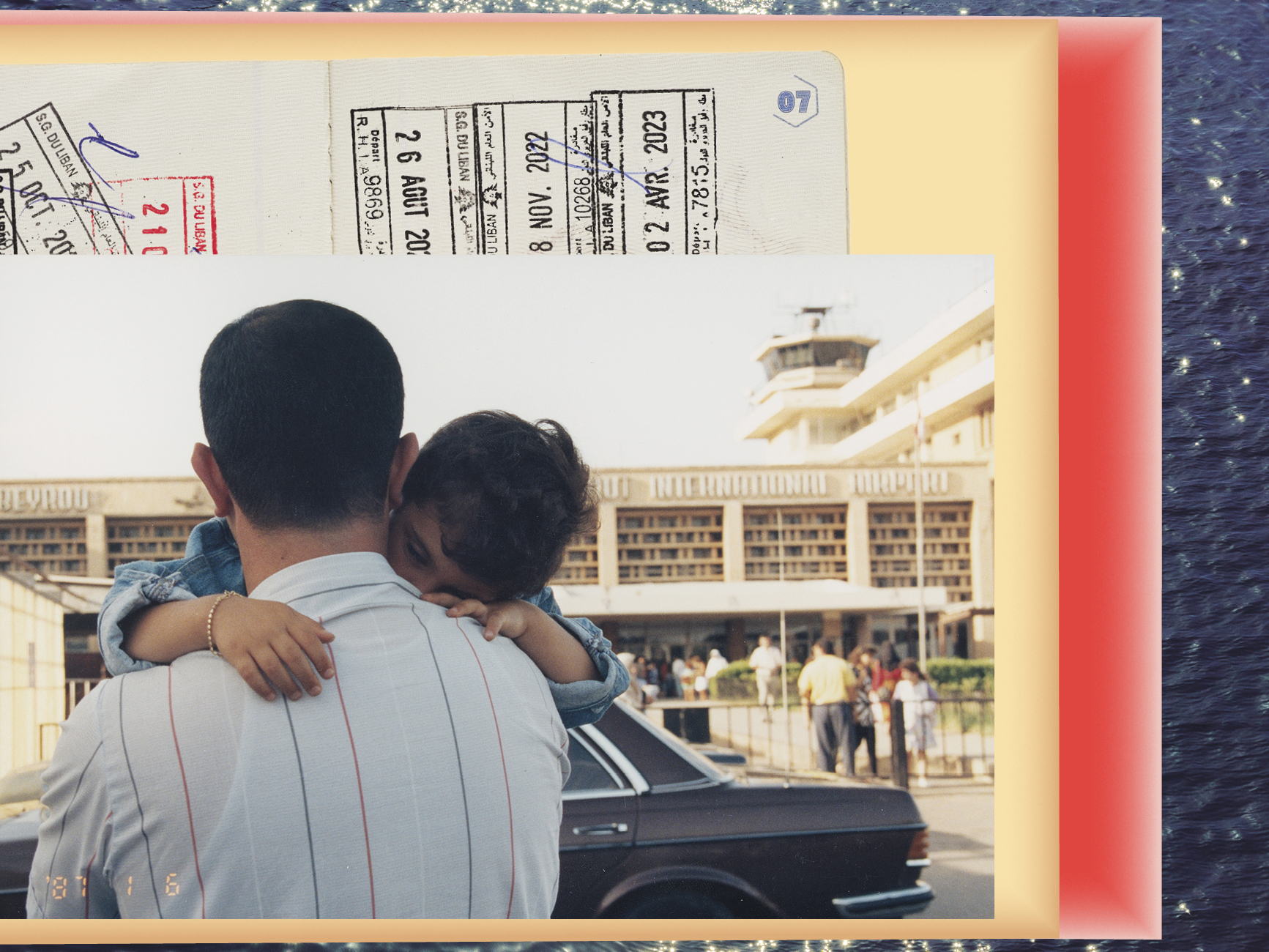
I wrote for Middle East Monitor an article about “Beyrouth Ya Beyrouth”, a comic book collection in the form of a newspaper created last year by the comic book festival “Rencontres du 9e Art, Festival BD d’Aix” at Aix-en-Provence in the South of France.
The collection sees a group of Lebanese artists sharing different sides of Beirut that are less known to the media. Rather than focusing on the crises and turmoil, they aim to capture the city’s everyday life, emotions and experiences through the medium of comics.
Here is the link to the article
Read More

![1-54 Marrakech 2025. [Courtesy Mohamed Lakhdar]](https://i0.wp.com/www.middleeastmonitor.com/wp-content/uploads/2025/02/MLR57810.jpg?fit=1200%2C800&ssl=1)











